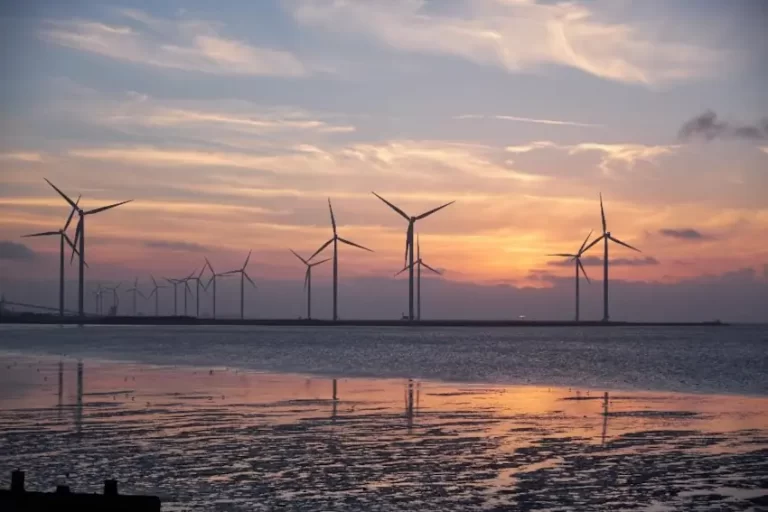Positive Sustainability Trends in the Spotlight for 2024
The pursuit of sustainability has become more critical than ever. Despite some positive changes, 2023 saw the risk of climate change continue to advance and human impact on nature grow.
In 2024, we can expect a surge of businesses, governments, and individuals seeking to address these pressing issues. Here are 10 positive sustainability trends shaping the landscape during 2024:
1. Integration of AI for Sustainability

Artificial intelligence is playing an ever-increasing role in sustainability efforts. Optimizing energy consumption, streamlining waste management, tracking deforestation, and developing sustainable product designs are just few examples.
We can anticipate more innovative applications of AI in the coming year, driving transformative change across the sustainability landscape in 2024. We’ll keep you posted.
2. Accelerated Adoption of Renewable Energy
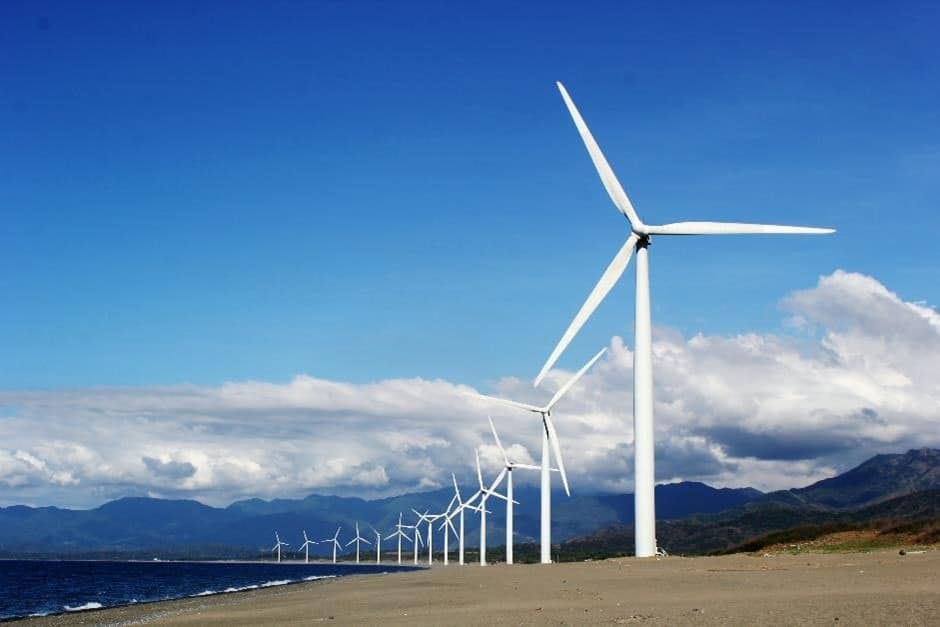
The transition to clean energy sources like solar, wind, and geothermal power will continue to gain momentum in 2024. Supported by advances in battery storage, this trend is poised to make renewable energy more affordable and accessible.
In fact, by time we get to 2025, renewable energy is projected to supply 35% of global demand. Increasingly ambitious net-zero emissions goals and technological advancements will drive this even further.
3. Growing Carbon Neutral and Net Zero Commitments (and Plans!)

Arguably one of the most fundamental sustainability trends we’ll see is the continuing rise of carbon neutral and net zero commitments. Forward thinking businesses and governments, recognise the importance and value of such aims to the public.
As such we will not only see advancing commitments, but also advancements in plans to actually achieve them! Check our article here for more detail on what neutral and net zero commitments actually are.
4. Acceleration of the Carbon Offsets Market

In order to reach a neutral or net zero position, most organizations will need support near term from carbon offsetting. The market for nature based offsets, such as tree planting, is expected to continue its rapid growth.
If conducted with nature in mind, such project also foster recovery of biodiversity.
Mechanical solutions, such as Carbon Capture and Storage (CCS) are also benefiting from substantial investment. In fact, the UK has committed £20bn to growth of this industry over coming years.
5. Regenerative Agriculture
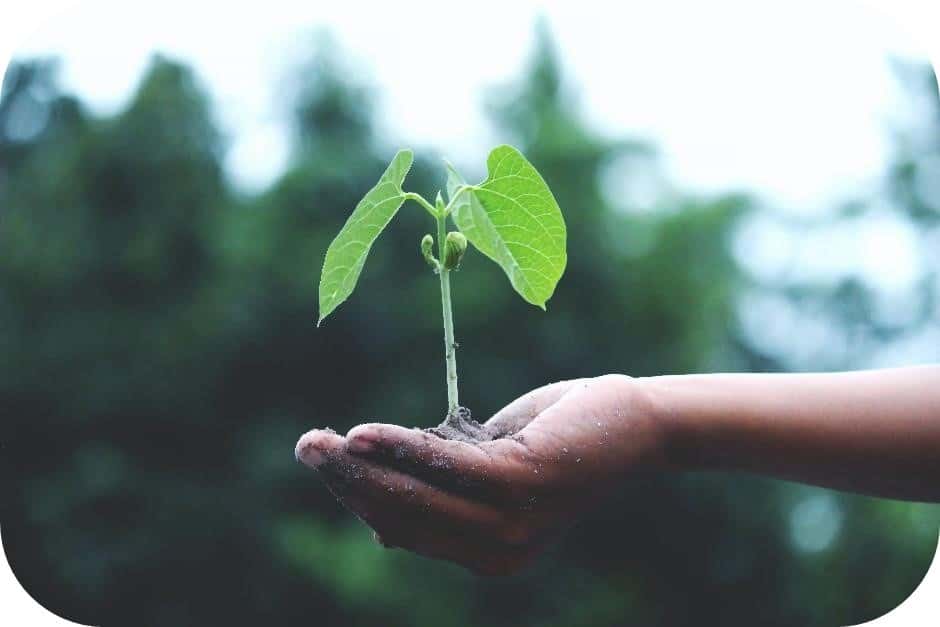
Regenerative agriculture is a holistic approach to farming that focuses on restoring and enhancing the health of ecosystems.
Unlike conventional practices that deplete soil quality over time, regenerative agriculture aims to improve soil health, biodiversity, and ecosystem resilience.
Customer demand for such practices is fuelling growth of the industry. Additionally, the practice presents opportunities to secure greater carbon sequestration in soils, offering a carbon offset angle.
6. Strengthened Circular Economy

The circular economy, emphasizing the reuse, repair, and recycling of materials, is gaining traction as the sustainable alternative to our common practice of of production, consumption, and disposal.
We can expect this sustainability trend to draw in a growing number of companies embracing circular economy principles in their operations. It reduces waste and promotes resource efficiency, providing economic benefits to businesses and lessening environmental impact.
7. Rising Demand for Sustainable Products and Services

The circular economy is helping service a related growth area, consumer demand for environmentally and socially responsible products and services. This positive sustainability trend is expected to intensify in 2024.
Consumers are increasingly prioritize companies that align with their values and support sustainability efforts. This is turn makes sustainable products increasingly more marketable.
8. Climate Fintech & Green Finance
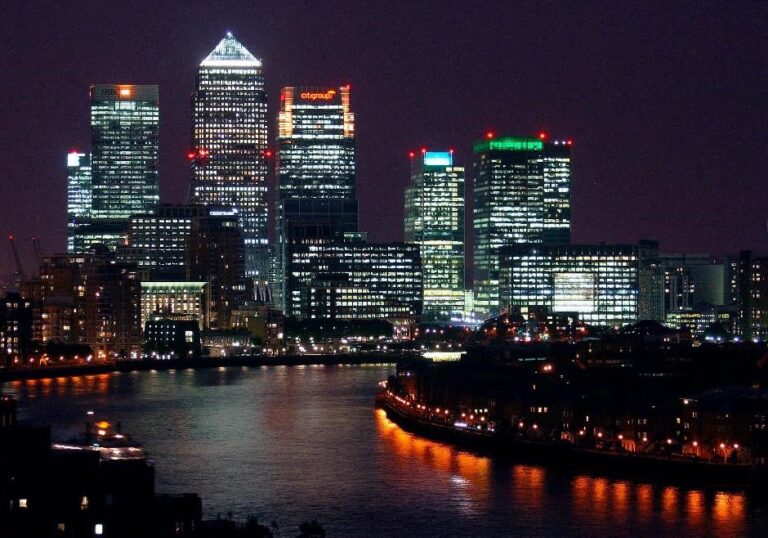
This rapidly growing sector utilizes technology and financial instruments to address climate change. As such, it is poised to play a pivotal role mobilizing capital and driving sustainable solutions.
This includes innovative tools for carbon credit trading, climate-linked insurance, and sustainable investments.
As these gain traction, a more resilient and environmentally conscious economy will grow. Green financing routes, such as green bonds, also continue to see rising demand.
9. Elevated Scrutiny of Scope 3 Emissions

Scope 3 emissions account for indirect emissions from a company’s supply chain and other activities outside its direct operations. This historically made them difficult to address, but they are now falling under increasing scrutiny from stakeholders.
Businesses will therefore face mounting pressure to measure, report, and reduce these emissions sources.
10. Collaboration and Partnerships for Sustainability
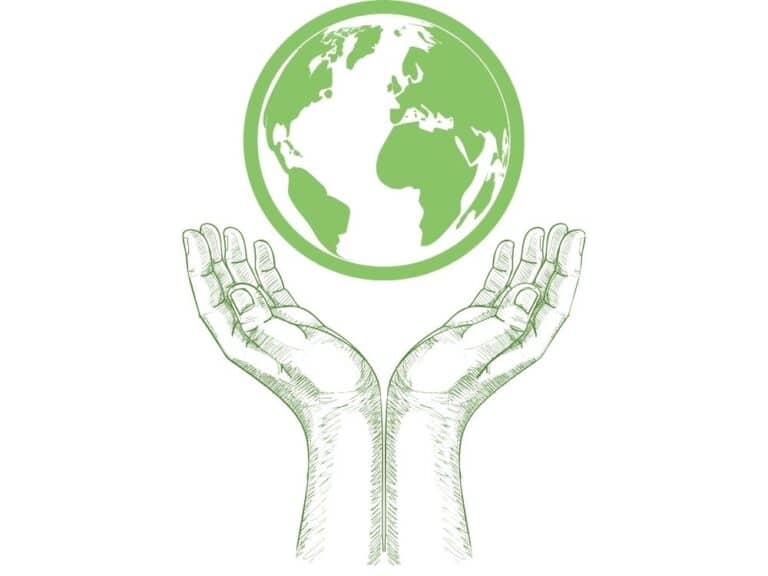
Addressing the complex challenges of sustainability requires collaboration and partnerships among businesses, governments, civil society organizations, and individuals.
We can expect to see more cross-sector initiatives and partnerships focused on developing and implementing innovative sustainability solutions.

Positive Momentum Heading Into 2024
These positive sustainability trends indicate a growing momentum towards a more sustainable future. What’s increasingly recognized, is not just that such developments are better for the environment, but they can be better economically.
Therefore, simply put, progress in these areas simply makes sense! By embracing them, individuals, businesses and governments can collectively create a world that is both environmentally, socially and economically responsible.


